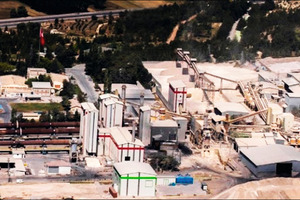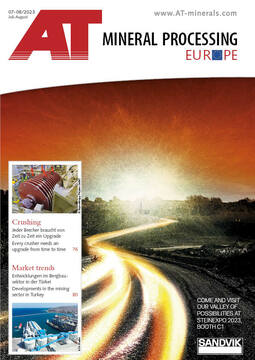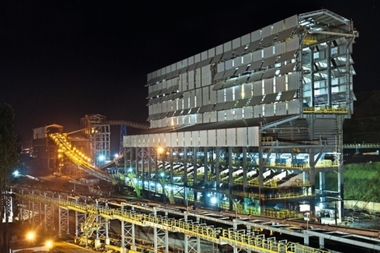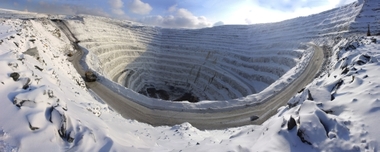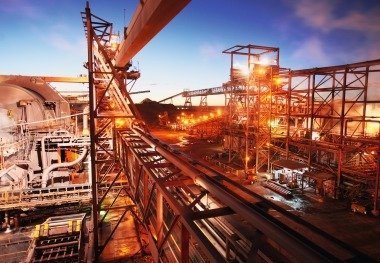Developments in the mining sector in Turkey
In recent years, the mining industry in Turkey has experienced a boom. In this report, we look at the most important sectors and the leading mining companies at the present time. It is striking that several of the local companies have a monopoly in their sector. On the other hand, various international mining companies are gaining ground.
1 Economic development in Turkey
Despite considerable economic and export growth, the economic situation in Turkey does not seem to be improving. Factors contributing to this are a high inflation rate, a weak currency and increasing deterioration of the country’s foreign trade balance. The collapse of the Turkish lira has now taken on huge proportions. On the introduction of the new Turkish lira in January 2005, the exchange rate against the US dollar was still 1.35 lira/US$ or 0.74 US$/lira. Up to today, the exchange rate has fallen to 0.05 US$/lira (Fig. 1). That is for one dollar, you can...

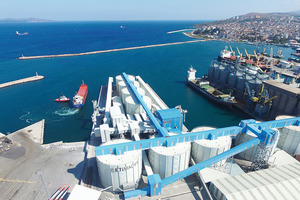
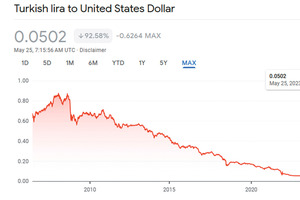
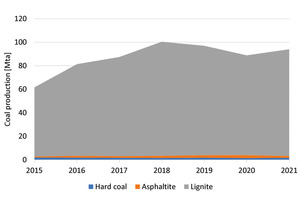
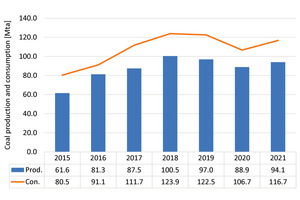
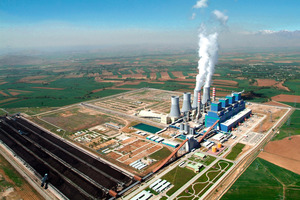
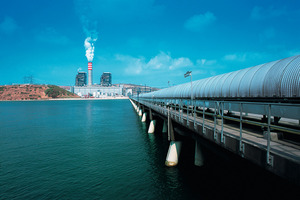
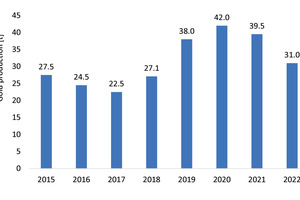
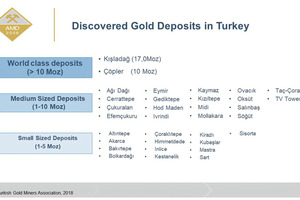
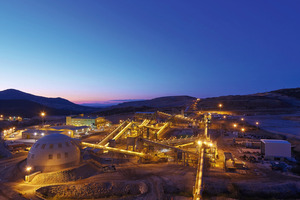
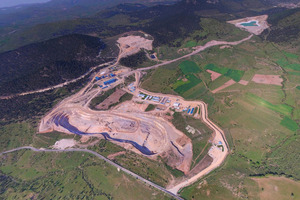
![10 Production of chromium ore [2]](https://www.at-minerals.com/imgs/1/9/8/2/3/7/8/tok_3ebdcc0196172e0f8cd45df8048fb249/w300_h200_x600_y381_10_Harder_Chromerz_Produktion-4cf3d525677cf8ac.jpeg)
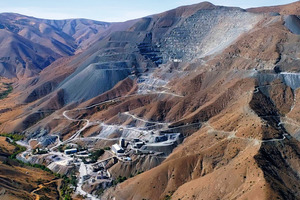
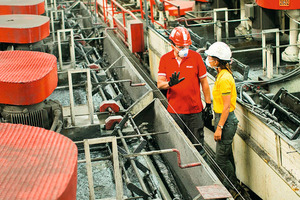
![13 Production of boron [2]](https://www.at-minerals.com/imgs/1/9/8/2/3/7/8/tok_0797d6a0eb59dba372d245f1e5884de8/w300_h200_x600_y377_13_Harder_Bor_Produktion-d8e407ab95f0bd32.jpeg)
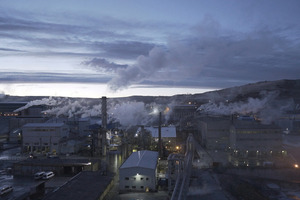
![15 Production of feldspar minerals [3]](https://www.at-minerals.com/imgs/1/9/8/2/3/7/8/tok_c171501b71988359ce5cd82f2ab862d8/w300_h200_x600_y378_15_Harder_Feldspat_Produktion-3b58dafd71e8989f.jpeg)
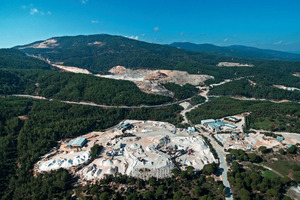
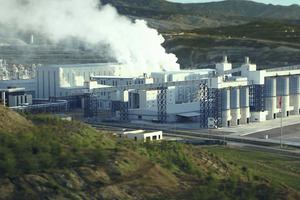
![18 Production of magnesite [3]](https://www.at-minerals.com/imgs/1/9/8/2/3/7/8/tok_4128152e6cf24257e3faaf9c37786e9a/w300_h200_x600_y374_18_Harder_Magnesit_Produktion-299b99c5e1437728.jpeg)
